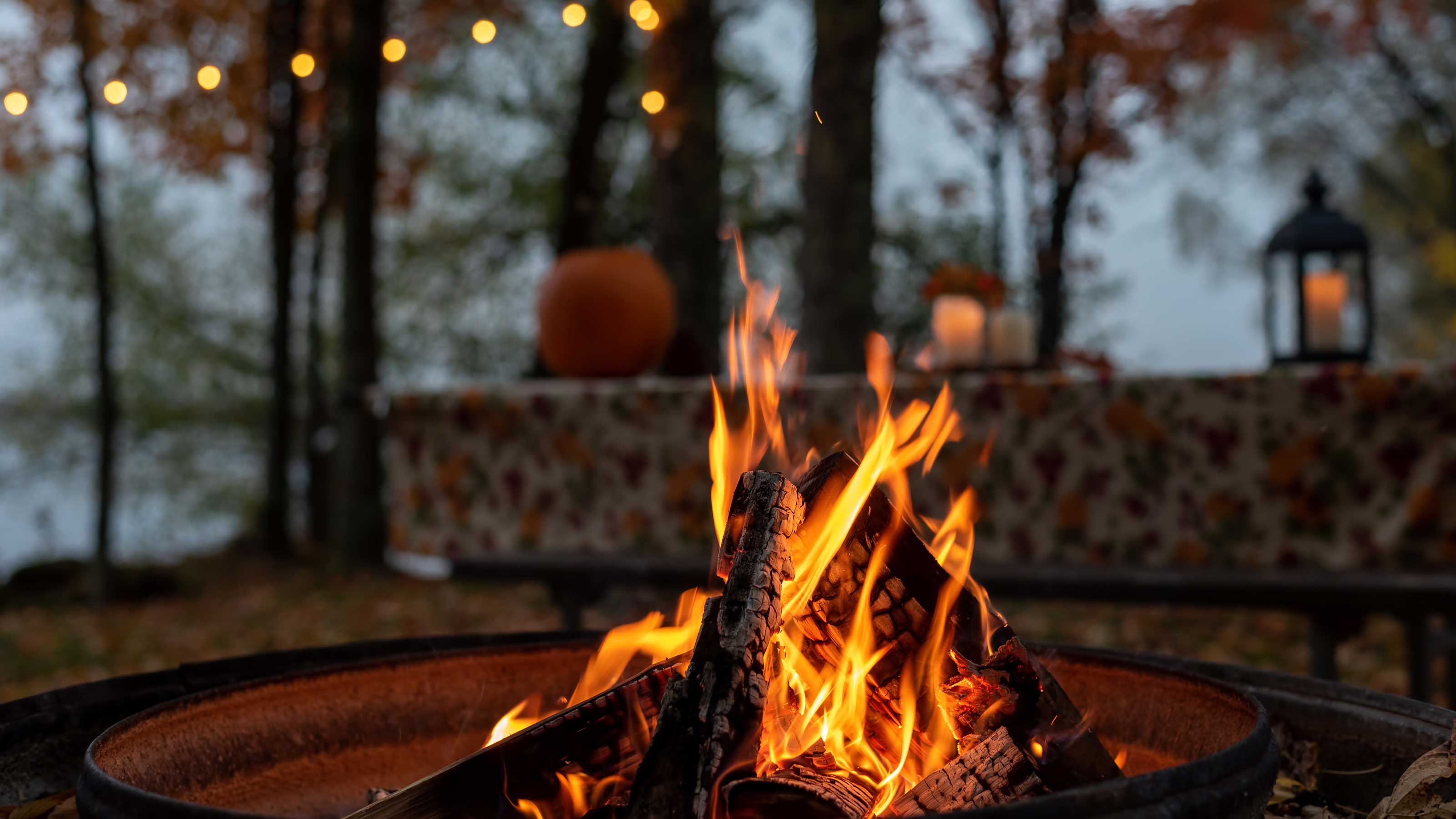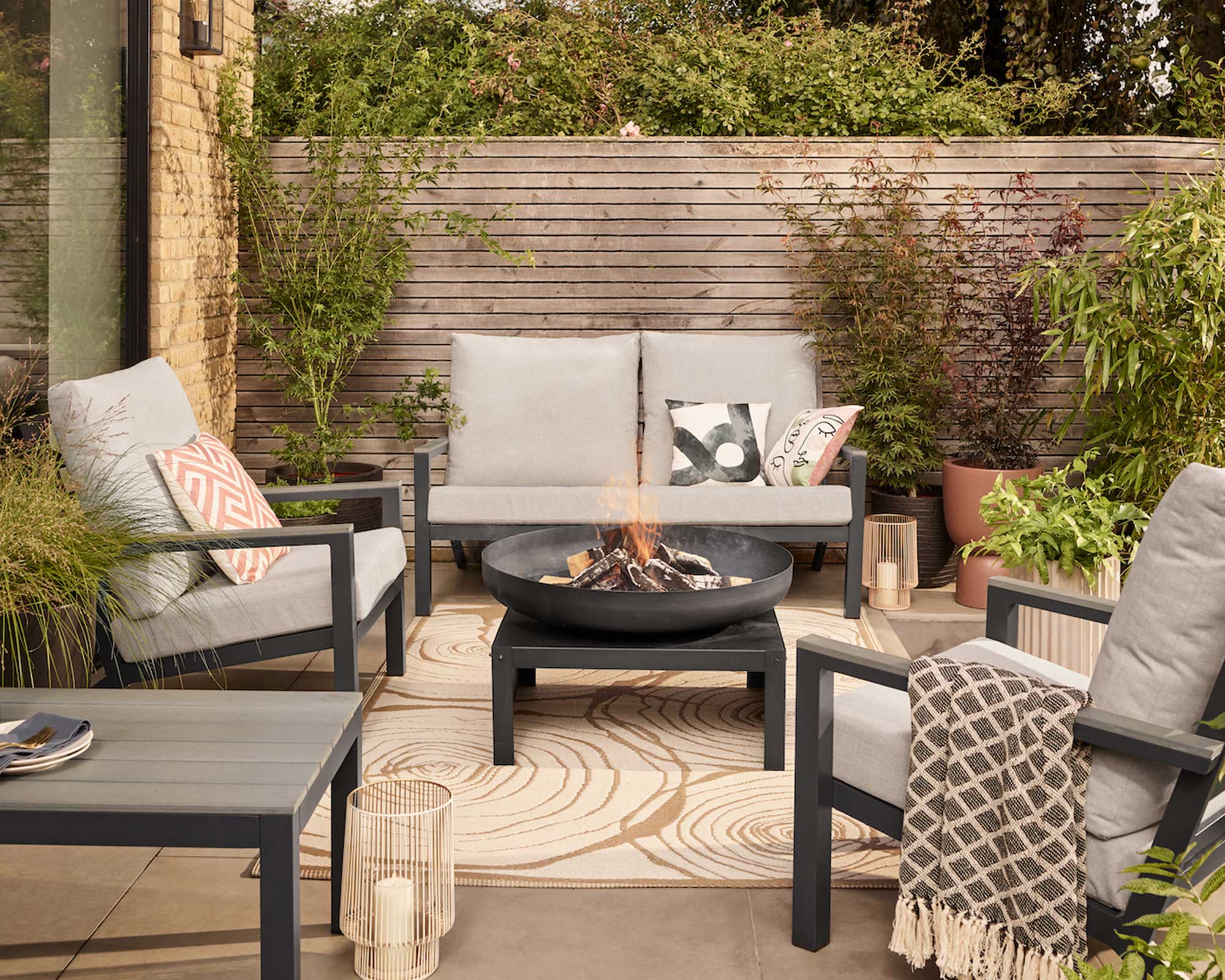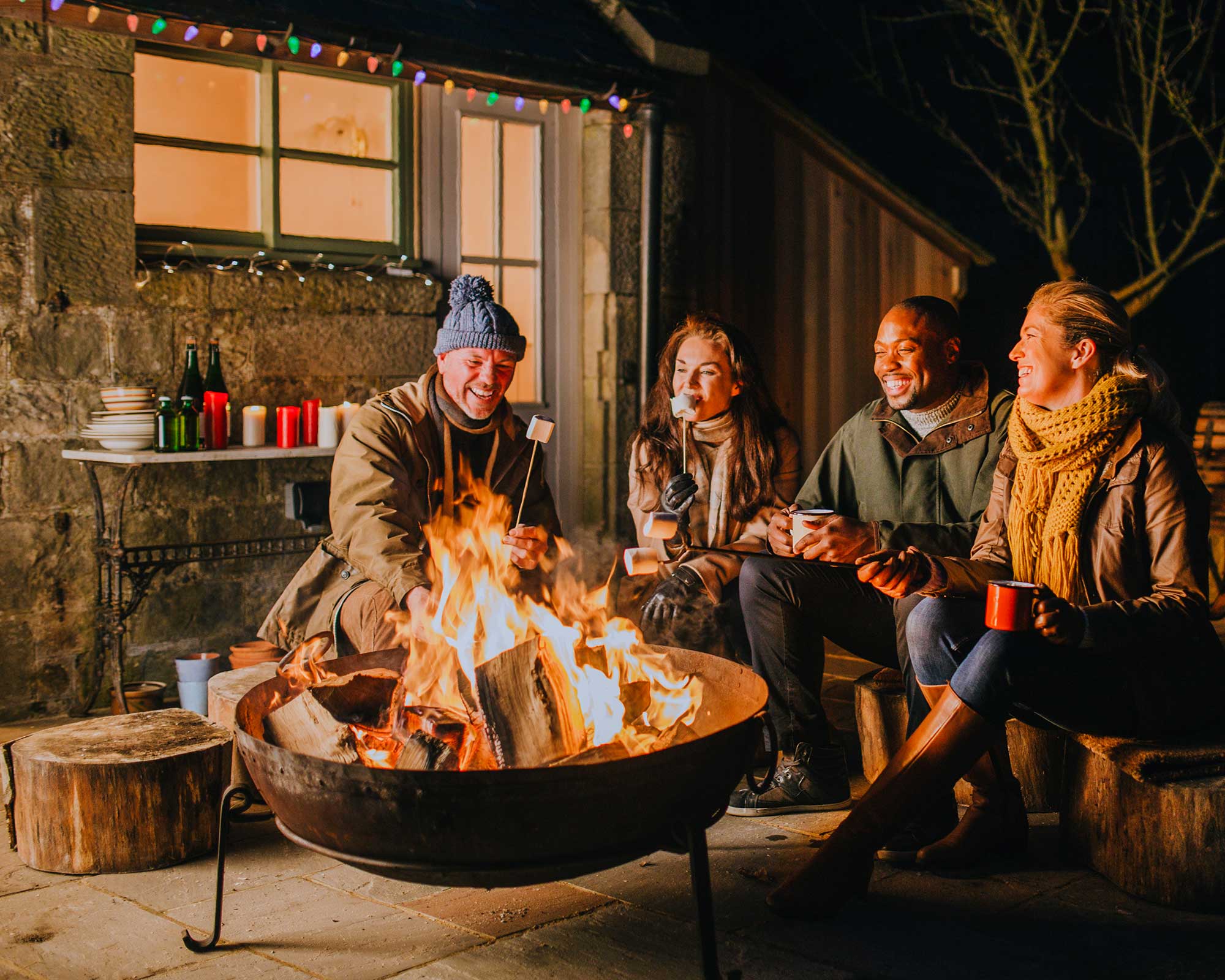What is the best wood to use on a fire pit? Top tips on the types of timber to choose
Our guide to the best wood for fire pits will help you get a long-lasting burn without excess smoke or sparks


Knowing the best wood for fire pits means you can get the very most out of your patio heater. It's more important than you might first think.
There are plenty of different options and while some woods burn beautifully, others will produce clouds of black smoke, send embers flying, or disintegrate into ash before you've had a chance to sit back and enjoy the flames.
So, if our fire pit ideas have you inspired for one of these cozy garden features, and you need to stock up on fuel, this guide will help you prepare.

How to choose the best wood for fire pits for a cozy glow outdoors
The best fire pits deserve the best fuel – these tips will help you choose the right option for your backyard get-together.
1. Make sure it's dry
First things first, the best wood for fire pits has to be dry.
Ideally, opt for 'seasoned' logs (this means they have been dried), which have a moisture content of 20% or below. Kiln-dried logs (available on Amazon) are best, although logs can also be stacked and left to dry naturally. The latter, although cheaper, is a much slower process. As Firepit.co.uk explains, you'll need to wait six to 12 months before you can burn it.
Damp wood is much more difficult to start a fire with. Also, it will smoke excessively – an instant way to spoil a relaxing ambiance – and also not very eco-friendly. It will create more sparks, too, which can be dangerous.
What's more, burning damp wood is inefficient and, overall, expensive, as, according to the experts at The Stove Yard, it will produce half the amount of heat as seasoned wood. This is because all that moisture has to be evaporated before any proper heat is produced.
A log store is invaluable for keeping your fire pit wood dry (as well as neatly out of the way), and can add a stylish accent to your yard, too.

2. Pick the right type of wood
Choosing the right type of wood for your fire pit is also a very important factor in getting the best burn.
One of the first things to note is the differences between hard and soft woods. Softwoods, such as pine, are less dense which means they burn much quicker (meaning you'll need more). They also burn hotter, with a bit of crackle. This makes them good for kindling, if used alongside a natural firestarter (we like these from Amazon).
Hardwood timber generally comes from deciduous trees that are slower-growing than softwood trees. Whether you're cooking over your fire pit or simply using it to keep warm in the evenings, hardwood fuel is favorable due to its slower, steadier burn.
The experts at FirepitsUK recommend ash, oak, birch, hazel, and hawthorn as the best wood for fire pits. Ash, for instance, 'has a low water content and can be burned green. It is still best when seasoned and will burn at a steady rate,' they explain. If using birch, they suggest mixing it with slower-burning woods, such as oak, as it burns easily but quickly.
Some woods also emit a particularly pleasant smell when burned, such as apple or pear.
Woods to avoid include spruce (which spits when burnt due to its sap, explains FirepitsUK), poplar (which produces black smoke), and larch (which also spits and produces a lot of soot).

3. Make sure it's sustainable
Fire pits are a lovely way to heat a patio and create a cozy, campfire feel, but it's important to ensure you're using timber that's been sustainably sourced.
Look for the FSC® (Forest Stewardship Council®) logo – this means the wood has been sourced responsibly, with biodiversity preservation and fair wages for the workers involved.

What shouldn't you burn in a fire pit?
There are lots of materials that should not be put on your fire pit. Doing so can be very dangerous and is often illegal. These include plastic and household waste.
Avoid burning green garden waste, too, as it will release huge plumes of smoke. Some plants, such as poison ivy, should never be burned as doing so will release toxins into the air which can be very harmful if breathed in.
Take precautions if burning old pallets or other wood scraps, too. They may have been treated with chemicals which, again, would release toxins when burnt.

The garden was always a big part of Holly's life growing up, as was the surrounding New Forest where she lived. Her appreciation for the great outdoors has only grown since then. She's been an allotment keeper, a professional gardener, and a botanical illustrator – plants are her passion.
